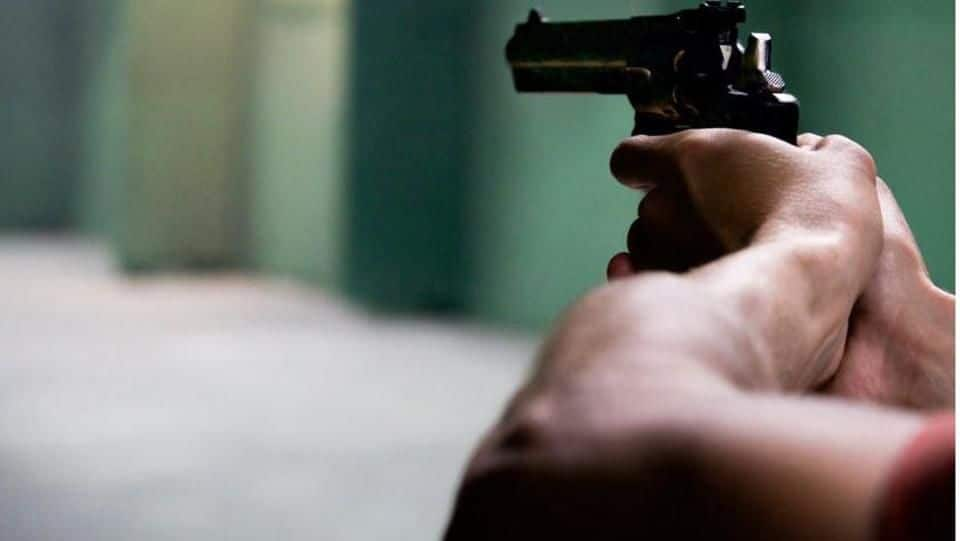
School shootings: What explains gun violence among American teens?
What's the story
A 19-year-old expelled student opened fire at his high school in Florida on Wednesday, killing at least 17.
America's 18th school shooting in the first two months of 2018, the incident again highlights the dire need of stricter gun reforms in the US.
But what is it that leads American teens on shooting rampages? Though particulars differ in every case, there are certain commonalities.
Statistics
290 school shootings in the US since 2013
According to Everytown for Gun Safety Support Fund, an organization that tracks gun violence in America, there have been 290 school shootings in the US since 2013, which is about one every week.
Moreover, in 56% of all the shootings at K-12 schools in the US between 2013 and 2015, the perpetrators were minors.
Gun access
Most young perpetrators use guns of their parents
Most teens who go on a shooting spree at schools procure their weapon of violence either from their homes, friends or relatives.
Thirteen shooters of the 24 incidents between 2013 and 2015 where the source of the firearm was known, had used the gun kept unsupervised at their homes, finds Everytown.
School confrontations
A fight, getting expelled or suspended from school triggers this
A major confrontation at school with friends, teachers or the administration often serves as the trigger.
Nikolaus Cruz of the February 14 Florida shooting was an expelled student. The 15-year-old perpetrator of the Marysville Pilchuck High School shooting of October 2014, which killed five and injured three, was also suspended from school and football team days before the fateful incident.
Troubled past
Perpetrators often lonely, victims of abuse/bullying
Another relatively common trait among minor shooters is a troubled childhood. Often loners/outcasts, they are either from broken families, or victims of physical abuse/bullying.
Jeffrey Weise, the 15-year-old behind the Red Lake shootings of March 2005, that killed 10 and injured five, was bullied by classmates. He had lost his father to suicide and his mother was comatose by the time he was 10.
Mental health
Fighting mental disorders, with nothing to hold on to
The shooters are most likely either battling depression or a mental disorder. In several cases, perpetrators have even made unsuccessful attempts suicides before going on a rampage.
The Sandy Hook Elementary School shooting of December 2012 is a classic example. The 20-year-old Adam Lanza, who killed 28, suffered from Asperger's syndrome, anxiety, obsessive-compulsive disorder and had a history of depression.
Information
Innocence lost
All of these factors don't hold water in every case. One of them or a combination of a few coupled with a fascination for guns and violence, and oftentimes addiction, has been behind most major school shootings by minors in the US in recent years.